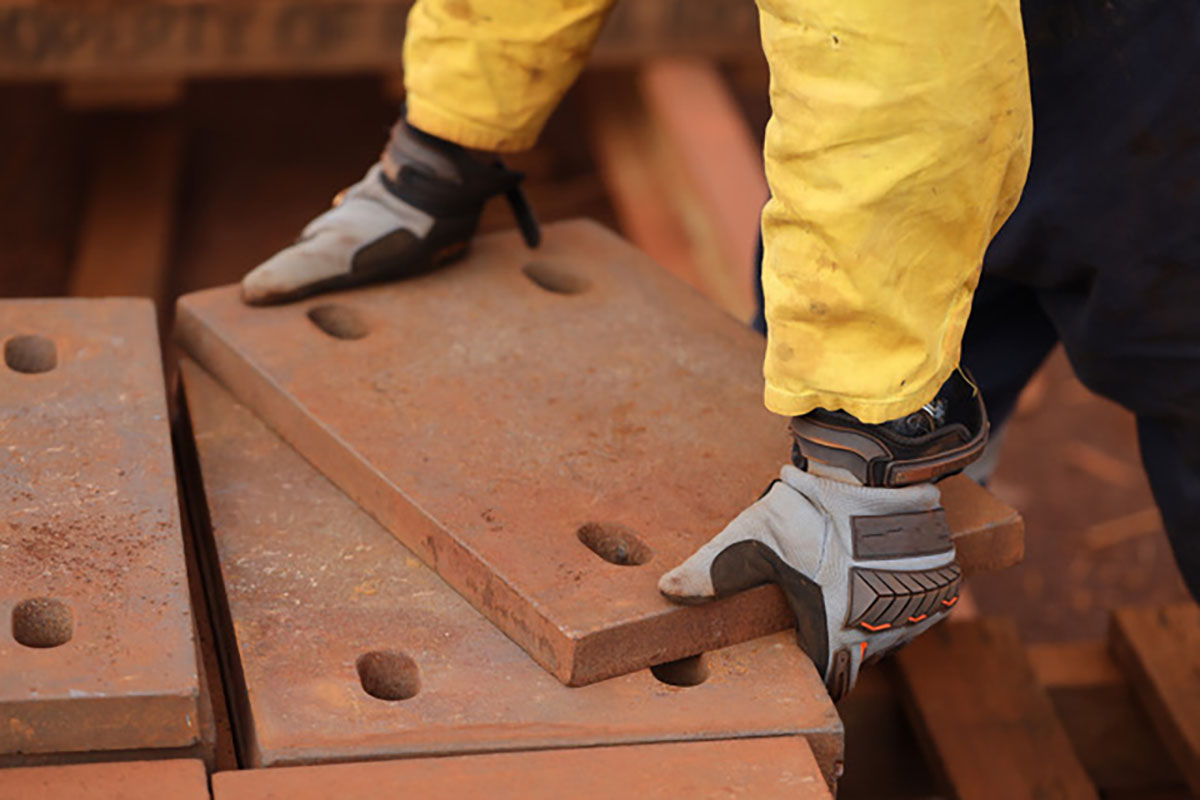
Playing It Safe – Construction
Back Belts and Proper Lifting Techniques Go Hand in Hand
According to the Centers for Disease Control and Prevention (CDC), the leading contributor to sick days is back pain, which costs businesses in both workers and productivity. In fact, a recent CDC study revealed back injuries cost employers $1,685 per employee every year. On a national level, this equates losses north of $225 billion annually.
A healthy back is fundamental to many of the tasks performed in construction work. Heavy lifting, if not performed using safe methods, can result in serious damage—although some experts say that the risk of injury can be lessened by the use of a back belt.
However, the lack of scientific evidence has raised concerns over the legitimacy of this belief. Despite this, it is still widely accepted that one of the best ways to effectively prevent back injury is to wear a back belt and follow proper lifting procedures.
Important Considerations
Share with your employees the following safety guidelines.
Before you begin using a back belt, take into consideration any medical problems you may have that will influence your safety. This includes high blood pressure, previous back problems and other conditions. Talk to your supervisor about adjusting your work to accommodate your condition.
Proper Lifting Techniques
If you wear a back belt for support, the following lifting techniques will help you to ensure its optimal use:
- Know your limit—understand how much you can lift safely.
- Maintain proper body position and lifting mechanics.
- In order to maintain your muscle strength, remember to loosen the back belt when you’re not lifting. If you don’t, the back belt may actually cause your muscles to weaken.
- When lifting, bend at your knees, not at your waist.
- Lift with your legs; squat to pick up items off the floor.
- Keep objects close to your body. Reaching outward puts stress on your lower back.
- Don’t turn at the waist. To turn, pivot your entire body.
- Use co-workers for assistance with oversized or bulky objects.
Use Common Sense
Remember, good body mechanics are not replaced simply by wearing a back belt. You need to be aware of your body position and use proper lifting techniques. Also, keep in mind that a back belt will not make you stronger, and that it’s important to practice the above safety precautions regardless of the weight and size of the object you’re lifting.
Learn More About Workplace Safety
Maintaining a healthy workforce can help you maximize productivity and control overall costs. To learn more about on the job safety, talk to a workplace safety professional at VTC Insurance Group. Simply contact a VTC agent near you, give us a call, or visit vtcins.com.
This flyer is for informational purposes only and is not intended as legal advice.


